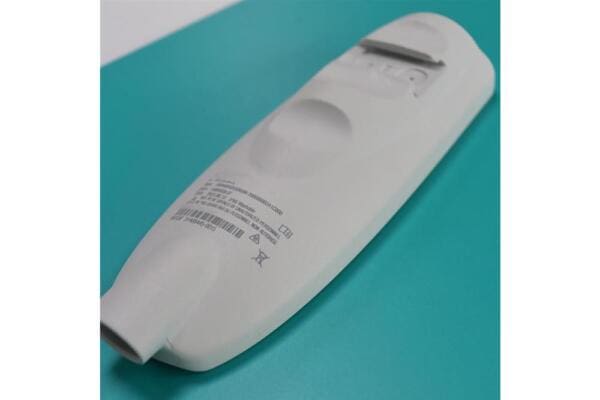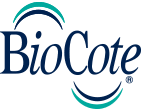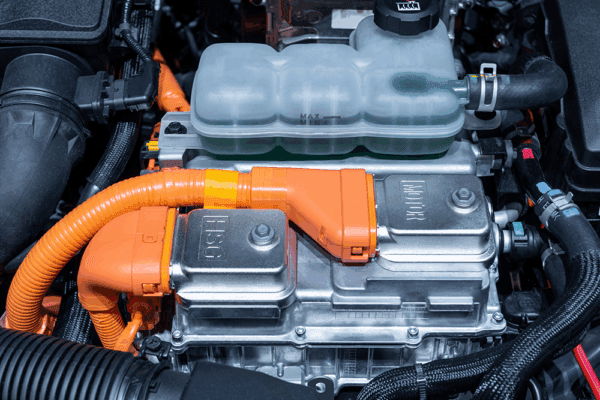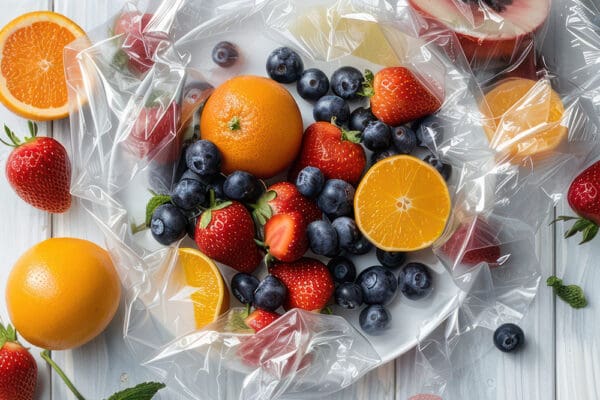
The Efficacy of BioCote Technology Within Laser Marked Plastics
Article by Dr. Conner Hodgkiss
In the domain of laser marking within the plastic industry, the selection of laser-sensitive additives becomes a critical factor in ensuring high-quality, lasting impressions. Laser marking, a process wielding economic advantages, particularly shines in the medical sector due to its contact-free nature.
However, a silent revolution emerges when BioCote antimicrobial technology seamlessly integrates into laser-marked plastics by fending off unseen threats and redefining benchmarks for both functionality and cleanliness.
Importance of Laser-Sensitive Additives
Laser marking is the process in which a laser beam is generated and then absorbed by a plastic material, resulting in the permanent marking of said material. This marking can be manipulated to be either dark or light in colour depending on the selection of an appropriate polymer and laser additive. Many plastics and thermoplastics can be marked and as a result of beam exposure, these materials undergo optical surface changes.
Absorption by the macromolecular structure of plastics is typically within the ultraviolet (UV) and far infrared radiation (IR) wavelength range. Polymers that do not absorb laser beams in this particular wavelength, however, render sharp contrast marking impracticable. Consequently, laser-sensitive additives are of vital importance to ensure high legibility and marking quality. These additives become a functional part of the material and remain for the expected lifetime of the product.
Advantages of Laser Marking in the Medical Industry
Due to the low running cost and maximum flexibility provided with laser marking, the economies of scale for industry are advantageous. Indeed, the medical industry benefits significantly in that laser marking is contact free, the production of laser marked materials does not require any pre-treatment and that the material is resistant to chemicals, hot water, and steam which are common features of the sterilisation process.
Plastics can be marked much faster than metals due in part to the low conductivity resulting in lower energy losses during the marking process. Laser marking is sensitive enough to bond thin walls and complex shapes whilst not compromising on aesthetical considerations. Therefore, laser marking is ideally suited to a variety of reusable devices that are needed to be marked under the EU unique device identification regulation (EU UDI).
BioCote® Antimicrobial Technology Integration
Upon examination of polymeric material after exposure to the laser marking process, it has been found that BioCote antimicrobial technology remains active within the polymer and is not rendered inert. With the incorporation of BioCote antimicrobial technology in the manufacturing of said materials, the potential for cross-contamination between surfaces is significantly reduced. BioCote antimicrobial technology exerts, by various modes of action, an inhibiting effect on the growth of odor, staining and material degrading microorganisms such as MRSA and E.Coli at levels of up to 99.99%.
Beyond the Surface: A Silent Revolution in Laser-Marked Plastics
In the dynamic world of laser marking on plastics, BioCote antimicrobial technology stands out. Beyond surface impressions, it ensures efficiency and product hygiene. Imagine precision meeting functionality, products not just marked with excellence but guarding against imperceptible microbial threats. BioCote isn’t an addition; it’s a silent revolution, redefining standards beneath the surface in laser-marked plastics. In a realm where innovation matters, it’s not just what meets the eye—it’s the unseen reassurance that challenges industry norms.
Read more news from BioCote here.
BioCote®
+44 (0) 2477 712489
Website
Email






